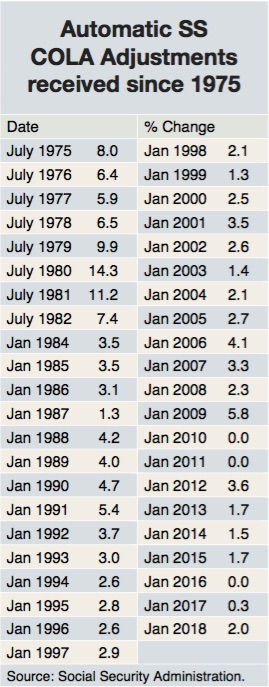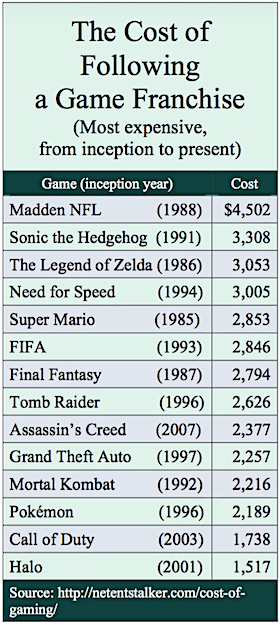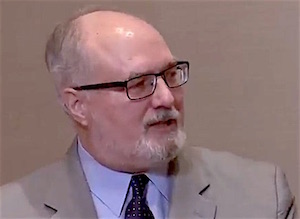Icon, a portable retirement savings plan with “institutionally-priced investments” and a “tech-forward simplified interface,” has just been announced by the National Association of Retirement Plan Participants, a San Francisco non-profit. It joins a number of solutions, ranging from Goldman Sachs’ Honest Dollar to California’s state-sponsored Secure Choice plan, in the race to serve Americans with no retirement savings plan at work.
Icon is unusual: Its creator, NARRP, has only a president, Laurie Rowley, and a handful of staff, but will partner with giant asset managers; while employers can use it, its target market is the millions of self-employed workers in the new “gig” economy; its product is a traditional IRA, not a Roth IRA, which state-sponsored plans and the now-cancelled federal MyRA program offered.
NARPP, which was the subject of a 2014 feature in RIJ, is the creation of a team of behavioral finance entrepreneurs, including Rowley; the widely known academic and author Shlomo Benartzi, its co-founder emeritus; and Warren Cormier, its chief behavioral officer and CEO of Boston Research Technologies, a consulting group.
Cormier, who attended the academic forum of the Defined Contribution Institutional Investor Association conference in New York this week, told RIJ that Icon would use behavioral techniques to help people save, and that NARRP would providing the communications and “glue” that would bind together the masses of individual participants.
According to NARPP, Icon users will pay about $5 a month for recordkeeping, custodial service, customer support, education and help with “holistic financial wellness.” Icon uses auto-default to place savers into an age-appropriate target date fund, savers can also opt out of the TDF and select their own mix of funds. Users can pre-order Icon beginning Wednesday November 1, with onboarding starting January 2018.
Strategic partners include Dimensional Fund Advisors, which is offering mutual funds at “low institutional prices,” and State Street Global Advisors (SSgA), which is offering a target date fund for 13 basis points per year. The average target date fund fee is 90 basis points, according to NARRP. Aspire, the Tampa-based third-party administrator, has signed on as Icon’s recordkeeper.
Icon won’t have some of the levers that other types of plans have. There’s no mandate requiring people to use it, as there is in state-sponsored workplace IRA plans. Nor can it use auto-enrollment to default people into the plan, even when they have a formal employer, because it won’t be regulated by the Employee Retirement Income Security Act of 1974 (ERISA).
“The two critical ingredients necessary for a dramatic breakthrough in plan coverage are the two they are missing,” one informed observer said.
Despite its name, NARPP is not a grassroots organization of plan participants or an advocacy group like the Washington-based Pension Rights Center. It is not related to any of the state-sponsored workplace IRA programs that have emerged in a few progressive states like California and Oregon.
Asked if non-profit status brought any advantage to NARPP and Icon, Cormier told RIJ, “AARP is interested in partnering with us, and they said they wouldn’t consider that if we weren’t a not-for-profit.”
“Icon is a hybrid plan that combines the best aspects of an employer sponsored plan (e.g., 401(k)), along with the flexibility of a self-directed plan (IRA),” the release said. It “is an entirely new paradigm for providing retirement benefits to a labor force that is rapidly evolving away from the traditional employer-employee model.”
NARPP says it aims to serve an estimated 55 million working Americans who don’t have access to an employer sponsored savings plan. That number includes employees of small businesses that don’t offer a retirement plan, and contract or “gig” workers.
In contrast to traditional, federally-regulated retirement savings plans:
- Individuals can join independently.
- Small employers can implement Icon as a payroll deduction with no legal or federal filing requirements, no plan administration and no on-going costs.
- Gig platforms companies can make Icon available at the pay level without triggering employment status changes.
- Large employers can make Icon available to their independent workforce as a payroll deduction without triggering ERISA or employment status changes.
- Companies can use Icon as an employer facilitated retirement plan.
Employers using Icon would not have the legal burdens, federal filing requirements, expense, or administrative duties associated with running a 401(k) plan under ERISA, according to NARPP. Contributions are transacted at the payroll level.
“Icon exists within the current regulatory structure of a payroll IRA, and offering Icon will not trigger independent contractor status or voluntary work arrangements, thus paving the way for gig platforms to offer Icon at the payment level for workers who use their platforms,” the release said.
“The percentage of employees offered any retirement plan by their employer has plummeted over the last fifteen years from 64% to 43%,” said Cormier, in the release. “We cannot gain ground on improving retirement security until we solve key structural problems in how people access retirement savings plans.”
© 2017 RIJ Publishing LLC. All rights reserved.













